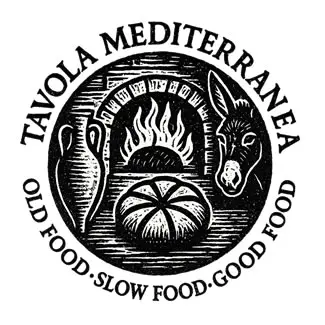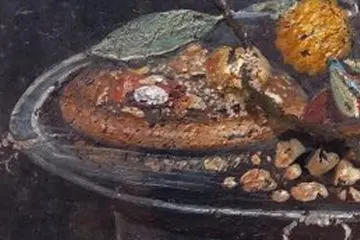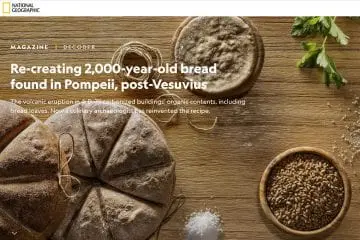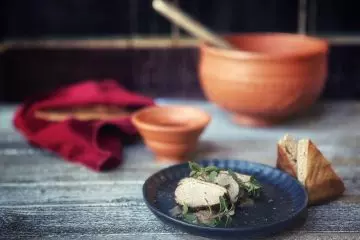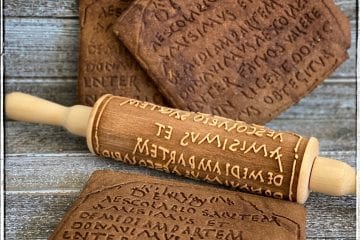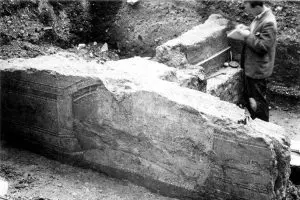Un uovo a fare da decorazione di un dolce pasquale italiano acquista senso una volta che capiamo cosa rappresenta: è il simbolo della resurrezione di Gesù Cristo. Ma la rappresentazione di un uovo come simbolo della resurrezione non è cominciata con la chiesa cristiana, o con le generazioni di panificatori del Mezzogiorno: tutto è cominciato in Etruria.

About the author:
Farrell Monaco is an award-winning Classical archaeologist and food-writer whose research centers on food, food preparation, and bread in the Roman Mediterranean. She writes regularly on the role of food and food preparation in Roman daily life on her site, Tavola Mediterranea, and publishes in both English and Italian. Farrell has also written exclusively for Atlas Obscura and BBC Travel. Her work has been featured prominently by National Geographic, Popular Science, The Atlantic, the BBC, The Guardian, The Economist, Esquire Magazine, SAPIENS Magazine, Verve Magazine, Saveur Magazine and Milk Street. In November of 2020, Farrell co-produced, wrote and presented a video on the history of the date palm fruit with The Getty Museum (Los Angeles, USA).
